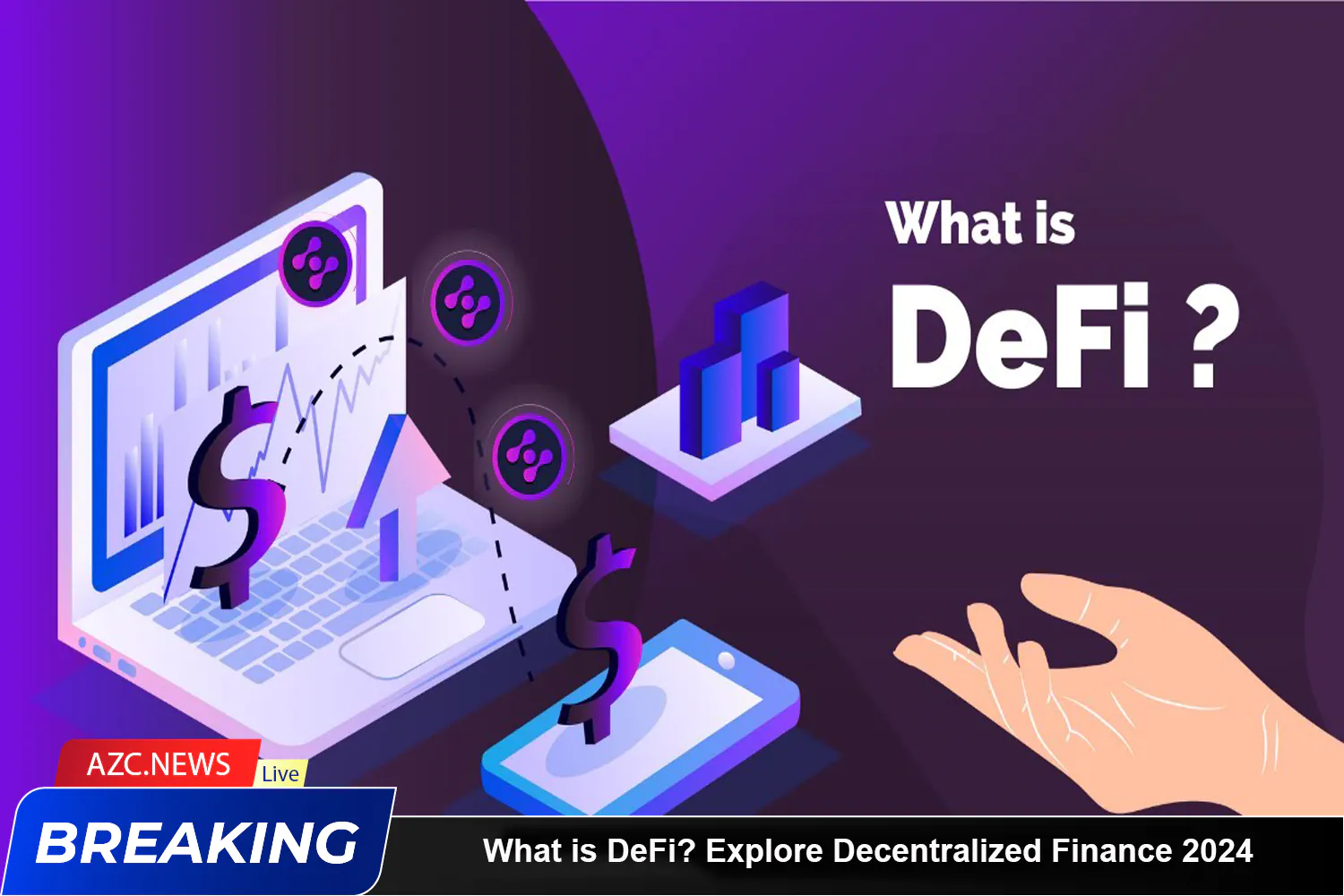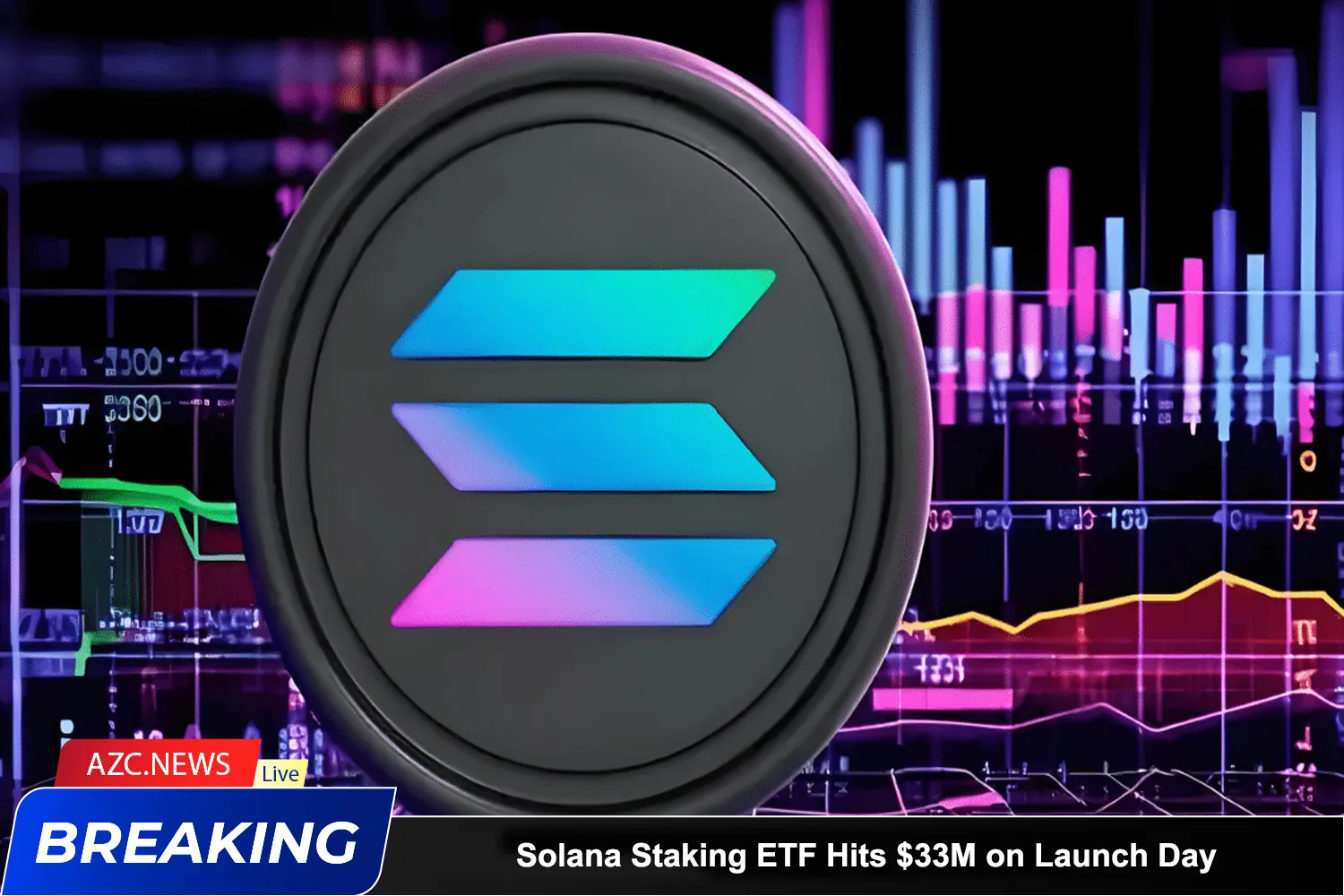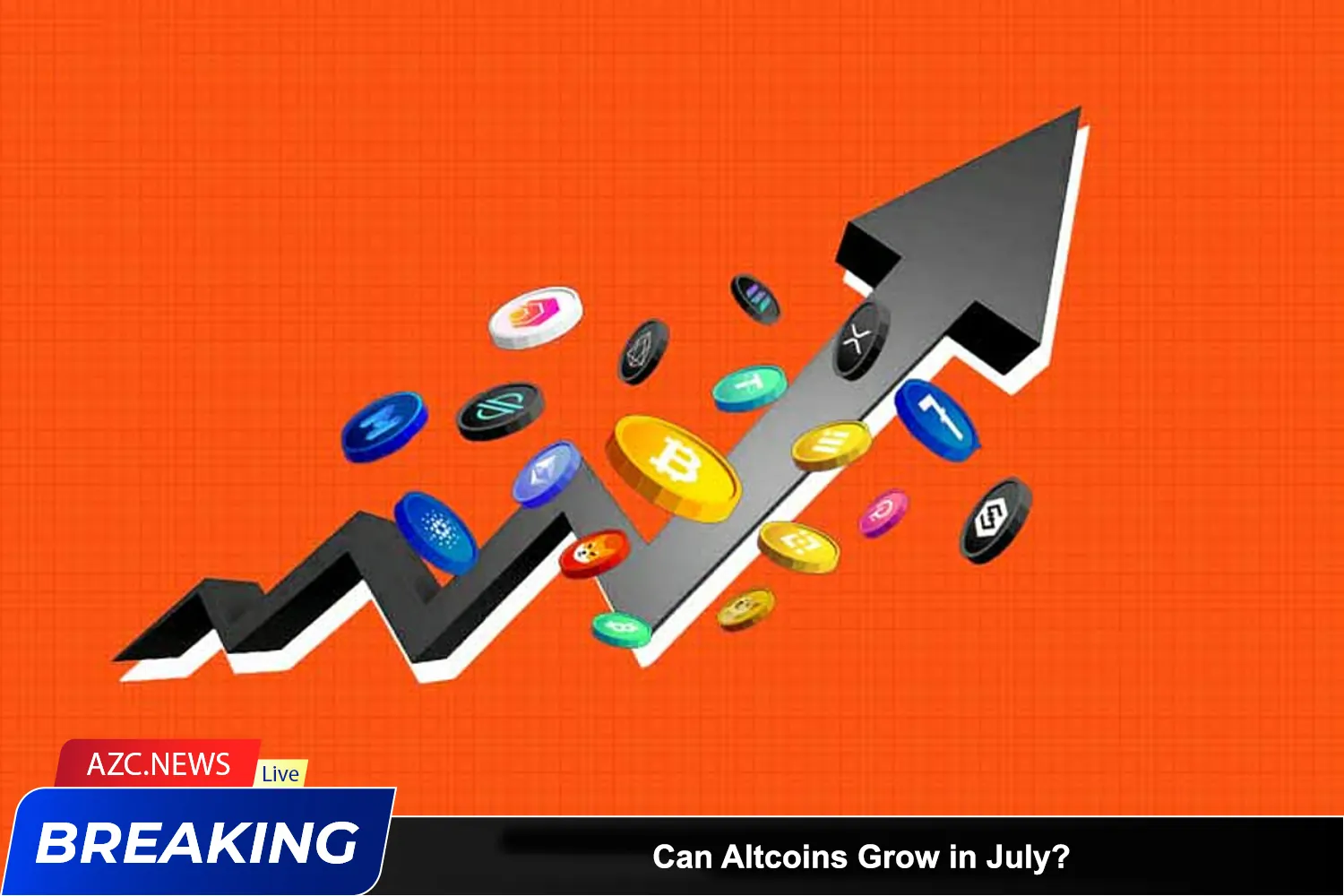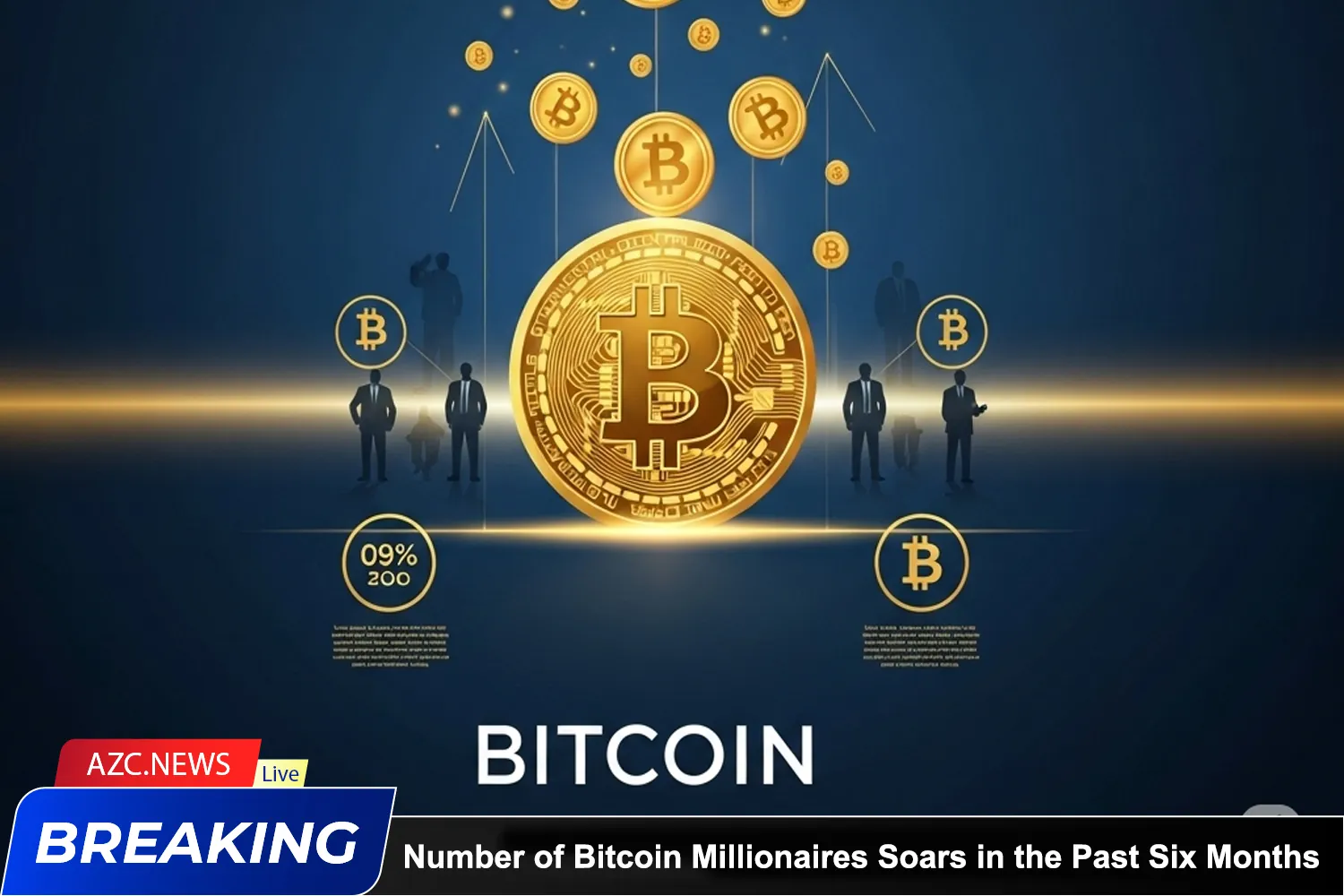What is DeFi?
DeFi (Decentralized Finance) is a financial system built on blockchain technology that operates independently of traditional intermediaries such as banks or governments. It utilizes smart contracts to create decentralized applications (dApps) that offer financial services like lending, borrowing, trading, payments, staking, and yield farming.
The decentralized nature of DeFi empowers users with complete control over their assets, eliminating the need for intermediaries. Users can interact directly with DeFi protocols through peer-to-peer transactions, free from supervision and control by centralized entities like banks, exchanges, or regulatory agencies. This fosters transparency and creates an open financial ecosystem accessible to anyone with internet connectivity.
By bypassing traditional “gatekeepers,” DeFi aims to democratize access to financial services, enhance transparency, reduce costs, and promote global inclusivity in the financial sector. DeFi’s integrative capabilities enable developers to build innovative applications by combining various DeFi building blocks, driving innovation and creating new use cases in open finance.
What Defines DeFi?
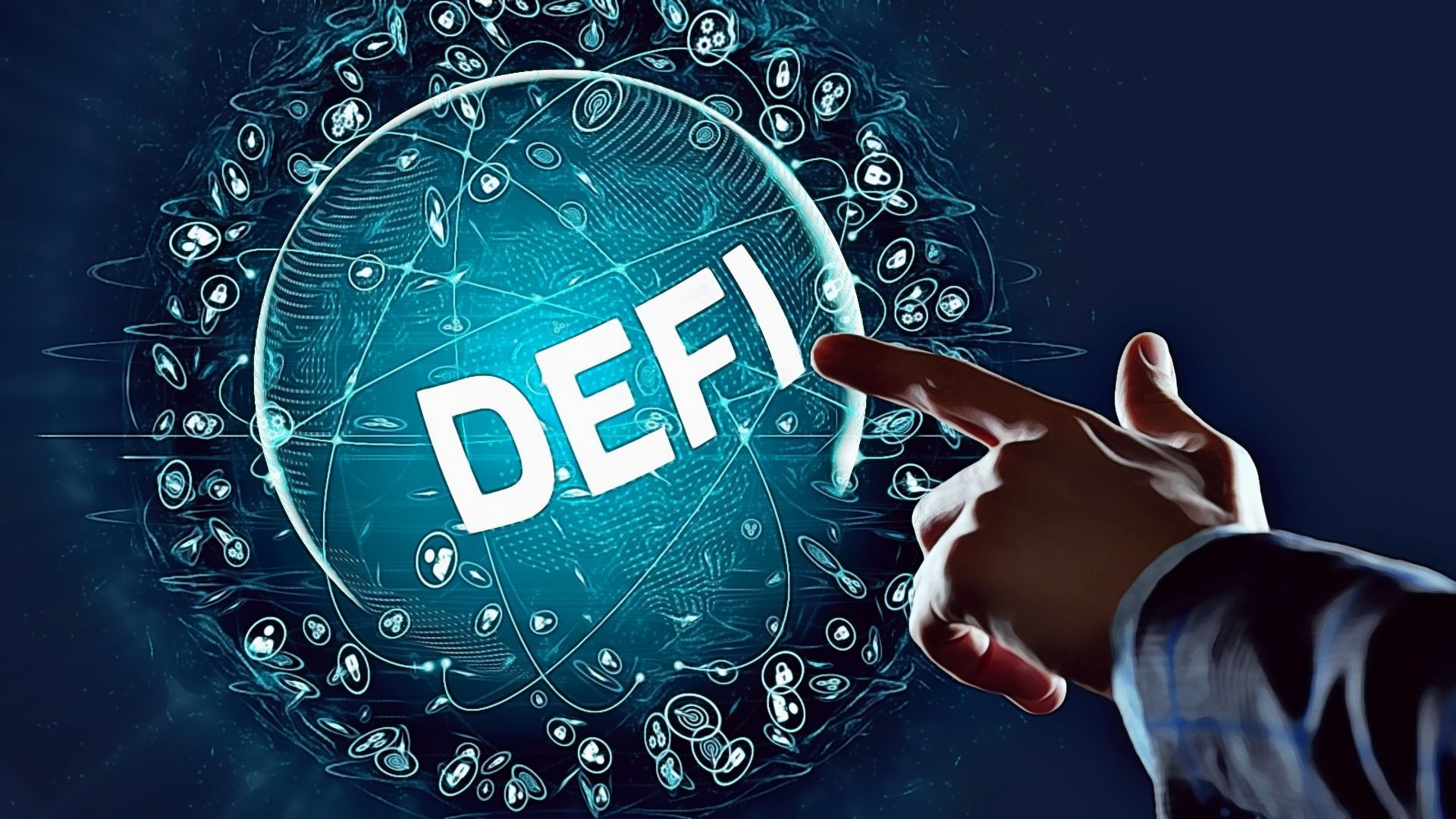
At its core, DeFi operates on a blockchain platform, inheriting all the properties and benefits of blockchain technology, including:
- Decentralization: DeFi is not controlled or influenced by any intermediaries. Instead, transactions are automatically executed by pre-programmed code within smart contracts on the blockchain.
- Distribution: Transaction data in DeFi is validated and stored across a network of distributed nodes globally, ensuring transaction accuracy and enhancing system security.
- Transparency: All transaction data and smart contract code are publicly available, allowing anyone to access and verify relevant information transparently.
- Open & Permissionless: Users can freely create DeFi applications or utilize existing services over the internet without the need for permission from any centralized authority.
- Anonymity: The only information users need to share in DeFi is their wallet address (public key). They are not required to provide personal identification information or undergo Know Your Customer (KYC) procedures as in centralized financial systems, protecting privacy rights.
- Self-Custody: In the DeFi market, users have full control over their assets and cryptocurrency wallets through securely encrypted private keys.
Core Components of DeFi

DeFi decentralized applications (dApps) are typically built and operated on Layer 1 blockchain platforms, providing a diverse range of financial services to users, creating a rich DeFi ecosystem with interconnected components.
Some key components in this ecosystem include:
- Stablecoins: Cryptocurrencies pegged to real-world assets like fiat currency or commodities, reducing price volatility.
- Lending & Borrowing: Platforms for lending and borrowing cryptocurrencies, enhancing liquidity and capital efficiency.
- Decentralized Exchanges (DEX): Uniswap, PancakeSwap etc. where users can trade digital assets and provide liquidity.
- Wallets: Storage for cryptocurrencies and NFTs, with complete user control through private key pairs.
- Derivatives: Financial contracts based on the future price of underlying assets, including perpetuals, options, and synthetics.
- Launchpads: Platforms supporting project launches and initial token sales to the community at discounted prices.
- Bridges: Interoperability solutions transferring assets between different blockchains such as Layer 1, Layer 2, sidechains.
- Liquid Staking: Staking protocols allowing users to stake tokens to receive special tokens, providing profits and flexible capital reuse.
- Identity: Projects providing authentication and digital identity data management for DeFi users.
- Insurance: Providing insurance services to protect digital assets.
- DAOs (Decentralized Autonomous Organizations): Decentralized self-governing organizations, operating autonomously via code without centralized administration.
Each of these components is an essential building block, collectively shaping a diverse, flexible, and dynamic DeFi ecosystem.
Distinguishing CeFi vs DeFi
What is CeFi (Centralized Finance)?
CeFi, short for Centralized Finance, refers to the traditional financial system with power concentrated in organizations and entities such as banks and exchanges. These intermediaries play a role in controlling and overseeing all financial activities, complying with government regulations.
Comparing CeFi and DeFi
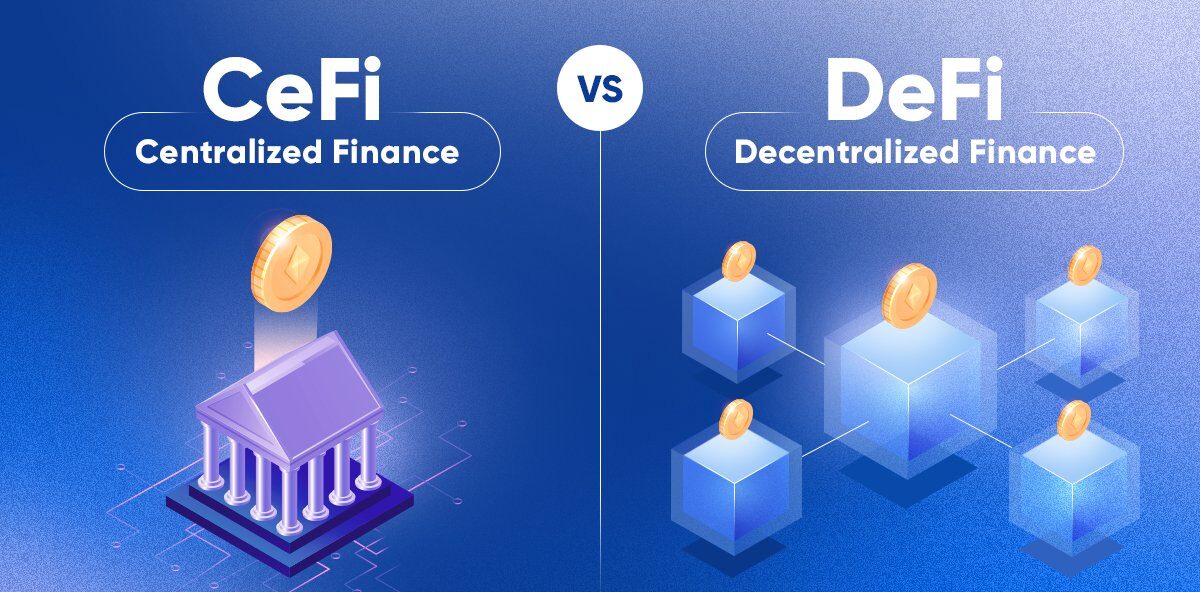
The fundamental difference between CeFi and DeFi lies in centralization versus decentralization of power. In CeFi, intermediaries concentrate control, whereas DeFi leverages the transparency and decentralization of blockchain to eliminate these intermediaries.
Governments and banks in CeFi are replaced by decentralized blockchains in DeFi. Traditional assets like fiat currency are transformed into digital token form within DeFi. The goal of DeFi is to expand access to financial services for anyone with an internet connection, unlike the barriers of CeFi.
With decentralized power and blockchain technology, DeFi promises a more transparent, accessible, and intermediary-independent financial system compared to traditional CeFi.
What are the Components of DeFi?
Decentralized Applications (dApps) in DeFi are typically built and operated on Layer 1 blockchain platforms, providing a diverse range of financial services to users, creating a rich DeFi ecosystem with various interconnected components.
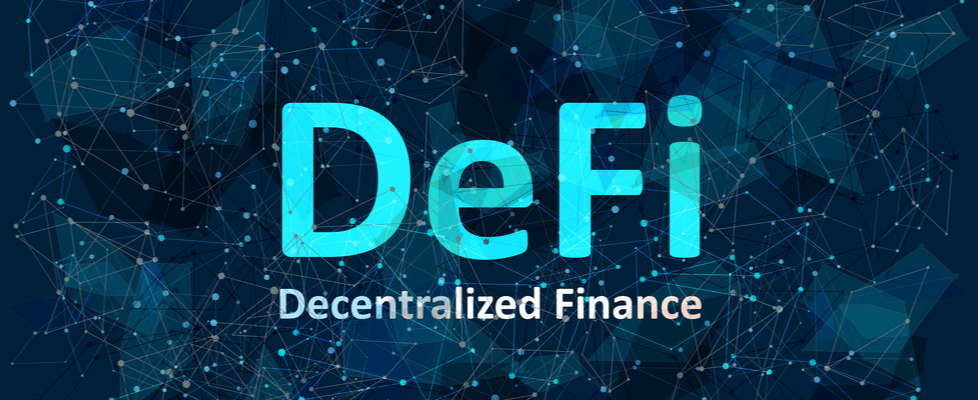
Some key components of this ecosystem include:
- Stablecoin: A type of cryptocurrency pegged to real-world assets like fiat currency, commodities, or other cryptocurrencies, helping to minimize price volatility.
- Lending & Borrowing: Platforms for lending and borrowing cryptocurrencies, enhancing liquidity and capital efficiency.
- DEX (Decentralized Exchange): Non-custodial exchanges for buying, selling, and trading digital assets and providing liquidity.
- Wallet: Storage and transactional wallets for cryptocurrencies and NFTs, with full user control through private key pairs.
- Derivatives: Financial contracts based on the future price of underlying assets, including perpetuals, options, and synthetics.
- Launchpad: Platforms supporting project launches and initial token sales to the community at discounted prices.
- Bridge: Interoperability solutions for transferring assets between different blockchains such as layer 1, layer 2, and sidechains.
- Liquid Staking: Protocols for staking assets to earn special tokens, providing profits and flexible capital reuse.
- Identity: Projects for verifying and managing digital identity data for DeFi users.
- Insurance: Providing insurance services to protect digital assets.
- DAO: Decentralized autonomous organizations, autonomously operating according to code without centralized governance.
Each of these components is a vital piece, collectively building a diverse, flexible, and dynamic DeFi ecosystem.
Benefits of DeFi

- Enhanced Financial Access: DeFi promotes global inclusivity in finance by extending access to services like lending, borrowing, and trading to anyone with internet connectivity. Unlike traditional financial systems with numerous barriers, DeFi diversifies financial access regardless of geographical location or economic circumstance.
- Transparency and Verifiability: Thanks to blockchain’s transparent nature, all transactions on DeFi are public and can be verified by anyone, minimizing fraud and corruption risks compared to centralized systems. This provides safety and reliability for users.
- Decentralization and Reduced Intermediary Costs: DeFi operates in a decentralized manner, eliminating traditional intermediary management like banks. This significantly reduces costs associated with intermediaries, enhances transaction efficiency, and optimizes profits.
- Programmability and Flexibility: DeFi smart contracts are built on programmable code, allowing customization to meet the specific needs of applications or users. This flexibility opens up numerous opportunities for innovation and financial service development.
- Yield Farming and High Profit Potential: A new concept in DeFi, yield farming allows investors to earn profits by providing liquidity. While offering high profit potential, it also comes with associated risks that need careful consideration.
- Innovation and Development Potential: DeFi is a relatively new field with ample room for innovation, enabling developers to continuously create new platforms and services to expand functionality, leading to new opportunities for users.
In summary, DeFi offers significant potential and benefits such as global financial expansion, transparency, reduced fees, customization, and innovative development. However, the field is still in its developmental stages and needs to address many legal, regulatory, and risk challenges to fully realize its potential.
Limitations of DeFi

While DeFi brings many advantages and new investment opportunities, the field still faces some significant limitations that need to be addressed for sustainable development in the future:
- Limited Scalability: Many original blockchains struggle with scalability issues, leading to high transaction fees, slow processing times, and significant impacts on user experience. This has driven the development of Layer 2 and side chain solutions to enhance scalability.
- Low Liquidity: A major challenge is low liquidity compared to traditional financial systems. While CeFi ensures liquidity through intermediaries, DeFi eliminates these intermediaries and operates directly on the blockchain, making new projects struggle with initial liquidity.
- Security Risks: The decentralized nature of DeFi, while advantageous, also makes it more susceptible to attacks and information leaks due to operating entirely online and without central oversight. Constant threats like hacks, money laundering, or rug pulls pose ongoing risks.
- Suboptimal Capital Utilization: While the DeFi ecosystem allows users to utilize capital more efficiently through various services, many assets remain underutilized within protocols. This drives the emergence of DeFi 2.0, aiming to optimize capital usage further.
- Poor Tokenomics Projects: Many DeFi projects misuse token issuance to attract users through rewards, but this growth strategy lacks sustainability and fails to create real value for token holders.
- Lack of Sustainable Business Models: Most current projects are born to “ride the trend” without long-term, robust development plans. Many projects are rushed into deployment after only 1-2 months of preparation, leading to rapid collapse.
To continue developing and realizing its potential, DeFi needs to address scalability, liquidity, security, risk control, optimize capital efficiency, and build more sustainable tokenomics and business models.
Future & Development of DeFi
The future and development of DeFi are indeed intriguing, especially with the emergence of DeFi 2.0 and the concept of Real Yield.
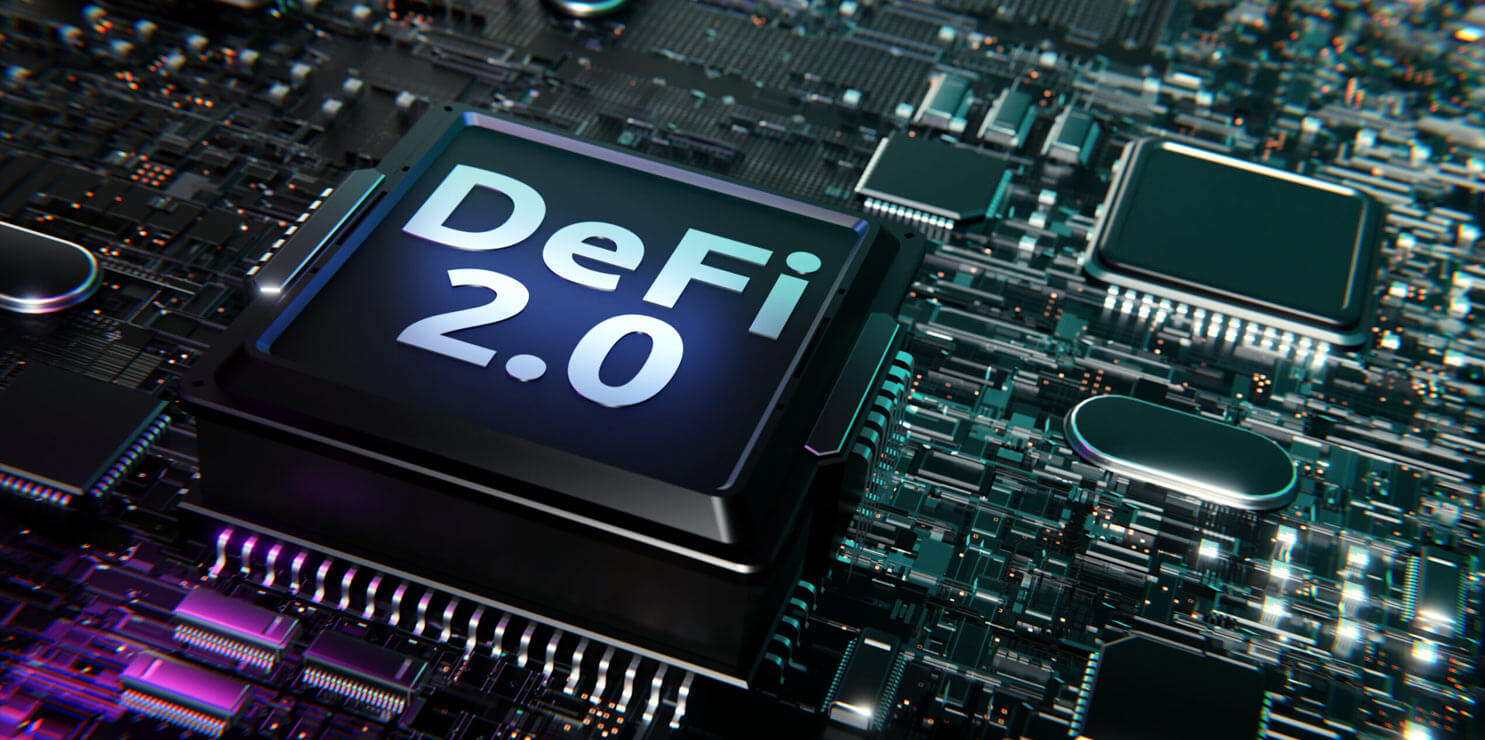
- DeFi 2.0: This evolution aims to address the weaknesses of traditional DeFi and optimize its advantages. By enhancing capital efficiency for users, DeFi 2.0 seeks to overcome one of the major challenges of DeFi 1.0. With the formation of the DeFi Stack 2.0, which includes innovative projects and services like Protocol Owned Liquidity, Liquid Staking, and Unlocked Collateral Assets, the stage is set for the development of new economies within the DeFi ecosystem, such as LSTFi, NFTFi, and MemeFi.
- Real Yield: This concept refers to sustainable income generated from healthy economic activities within DeFi protocols. These activities include transaction fees from Automated Market Maker Decentralized Exchanges (AMM DEX), interest rate spreads from lending and borrowing, liquidation fees, and blockchain gas fees.
For example, in Uniswap, sustainable profit comes from transaction fees paid by users to liquidity providers. From this sustainable profit flow, projects can allocate funds to development teams, liquidity providers, and token holders.
With the innovations of DeFi 2.0 and the focus on creating Real Yield, the DeFi ecosystem is gradually overcoming challenges and opening up new prospects for sustainable development in the future.
Related: What Is Uniswap? Information About UNI Token
Conclusion
After reading the article “What is DeFi? Explore Decentralized Finance 2024,” do you feel you understand DeFi? If not, please leave a comment below to get your questions answered right away!
 OMN
OMN  BTC
BTC  ETH
ETH  USDT
USDT  XRP
XRP  BNB
BNB  SOL
SOL  USDC
USDC  TRX
TRX  DOGE
DOGE 
